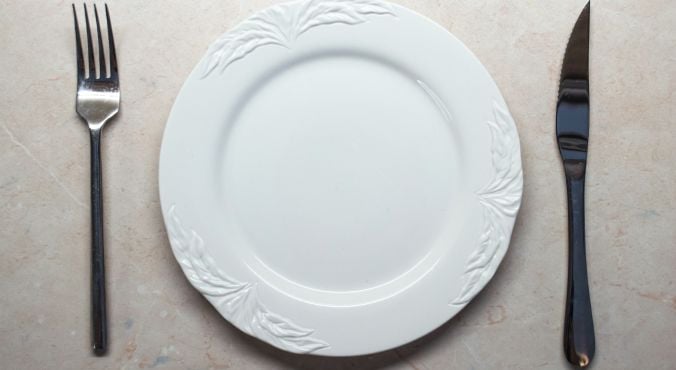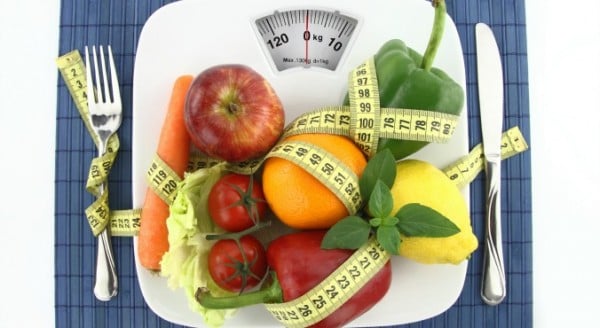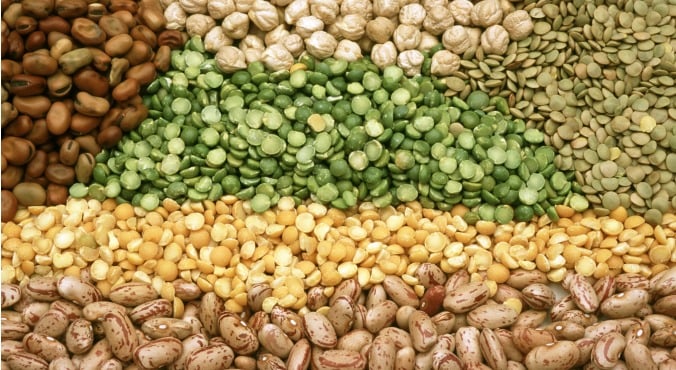
Image: XXX. By Rebecca Charlotte Reynolds, UNSW Australia.
Intermittent fasting diets involve periods of fasting cycled with periods of feeding. Fasting involves a zero or reduced calorie intake from foods and drinks. Feeding can involve food and drink consumption under strict rules – or not – and can be ad libitum (eating based on your hunger and fullness) – or not.
The term intermittent refers to the fact that the fasting periods are not continuous. Continuous “fasting” diets also exist and, conversely to intermittent fasting diets, involve energy restriction to below-“normal” requirements for continuous, prolonged periods: weeks, months, or more. Of course, you couldn’t fast continuously on zero calories, because you’d starve to death.
Intermittent fasting has been part of some health and religious practices, such as Islamic Ramadan, for thousands of years. It has been – and currently is – linked to living a longer life. (Post continues after gallery.)
History's weirdest fitness and health trends.
Intermittent fasting methods
There are many ways to fast intermittently. Each way differs in when and how fasting and feeding are recommended. I list three examples from the various schemes that seem to have gained popularity recently.
The 5:2 Fast Diet™ was created by British medical doctor Michael Mosley and British journalist Mimi Spencer in 2012-3. It involves five days of “normal” eating and two days of a reduced calorie intake of approximately one-quarter of a person’s usual requirement.
This is about 500 calories for women and 600 calories for men. A 500-calorie day might include: a black coffee and a small-medium boiled egg with three asparagus spears for breakfast; one piece of bread with no butter, a slice of ham and some lettuce for lunch; a herbal tea or low-calorie hot chocolate for an afternoon “snack”; and a small piece of fish with 100g of boiled potatoes and 100g of peas for dinner.



